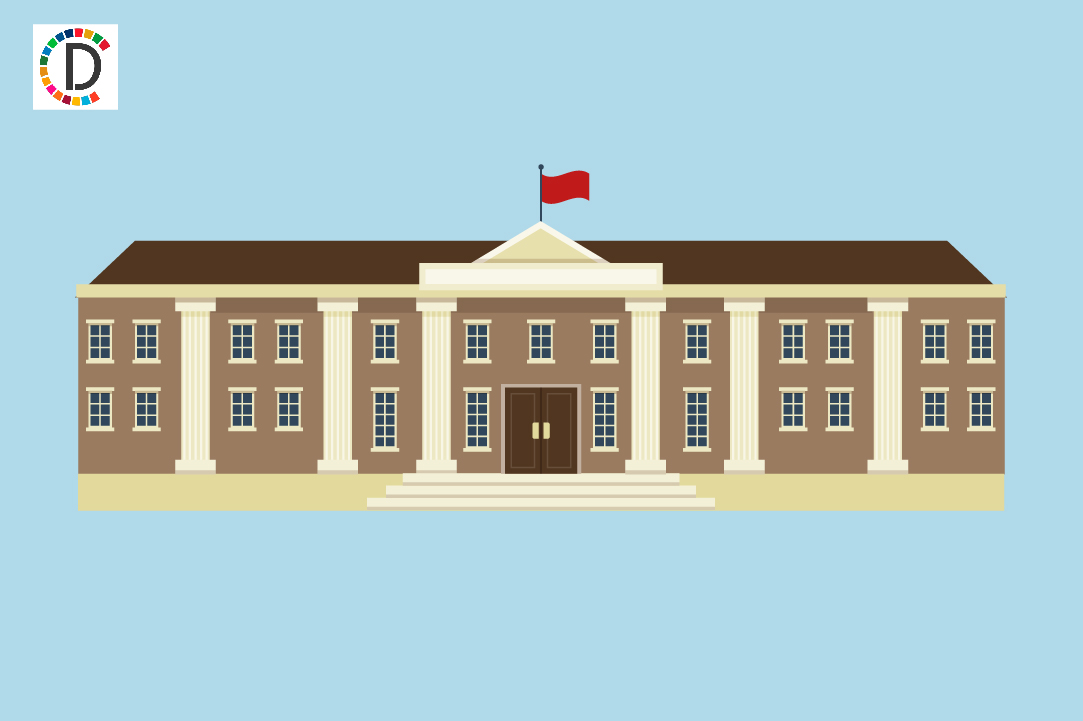Famine is 'quite possibly' in some areas of northern Gaza, U.S. official says
Famine is quite possibly present in parts of the northern Gaza Strip, a senior U.S. State Department official said on Friday, adding that a scarcity of trucks was an obstacle to getting more aid into the Palestinian enclave under Israeli siege.

Famine is quite possibly present in parts of the northern Gaza Strip, a senior U.S. State Department official said on Friday, adding that a scarcity of trucks was an obstacle to getting more aid into the Palestinian enclave under Israeli siege. "While we can say with confidence that famine is a significant risk in the south and center but not present, in the north, it is both a risk and quite possibly is present in at least some areas," the official told Reuters on the condition of anonymity.
The U.N. has warned that Gaza faces famine and has complained of "overwhelming obstacles" in getting in aid and distributing it around the enclave. U.S. officials have acknowledged Gaza is facing a humanitarian catastrophe but few have offered an assessment on the risk of famine. Earlier this month a global authority on food security - backed by the United Nations - warned that famine was imminent and likely to occur by May in northern Gaza and could spread across the enclave by July.
Malnutrition and food insecurity have probably exceeded famine levels in Gaza's north, and hunger-linked death rates were likely to do so soon, said the report by the Integrated Food Security Phase Classification. One of the biggest issues limiting aid distribution is a scarcity of trucks, the State Department official said.
"They're just about at the limit right now. There aren't additional trucks in Gaza to be loaded from Kerem Shalom or Rafah or Gate 96 with food," the official said, referring to various border crossings into the enclave. The U.S. was working with its partners and the international community to help acquire or help the United Nations acquire additional trucks to be used to distribute aid, the official said.
The official cited improvement for both south and central Gaza and marginally for the north, which has been harder to reach for aid trucks due to increased criminal activity and lawlessness throughout last month. The number of trucks distributing aid in south and central Gaza had nearly topped 200 a day, an increase compared to a month ago, but more were needed, the official said.
In the north, there have been deliveries of around 350-400 trucks a day over the past few weeks of aid privately contracted and that has been the most significant aid shipment to that part of the enclave since war began on Oct. 7, the official said. But the aid flow through Gate 96, a new entry point for the north, had yet to settle into a routine. "It is not at that point yet. But that is what we are working on," he said.
Approved driver shortage was also an issue in the north, the official said. "Because this is a route that goes in Israel, ... they have to be carefully vetted." U.S. President Joe Biden has resisted pressure from human right groups and some fellow Democrats to condition further military aid on Israeli Prime Minister Benjamin Netanyahu holding off on a threatened offensive in the southern Gaza city of Rafah, where more than a million Palestinians are sheltering.
The U.S. has been briefed "on some aspects of the plan," the official said, but it has yet to see a comprehensive one. The war erupted after Hamas militants on Oct. 7 broke through the Gaza border into Israel, killing 1,200 people and abducting 253 hostages according to Israeli tallies. At least 32,552 Palestinians have been killed, according to the health ministry in Hamas-ruled Gaza.
(This story has not been edited by Devdiscourse staff and is auto-generated from a syndicated feed.)










